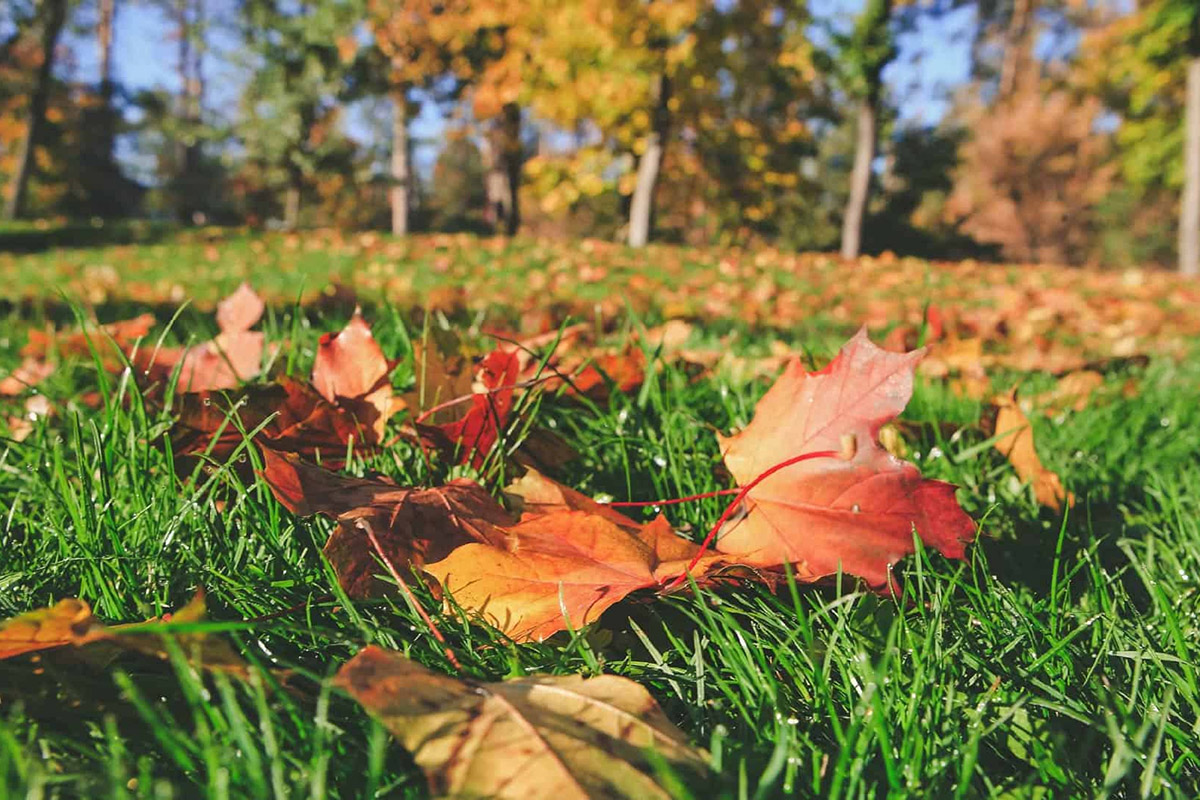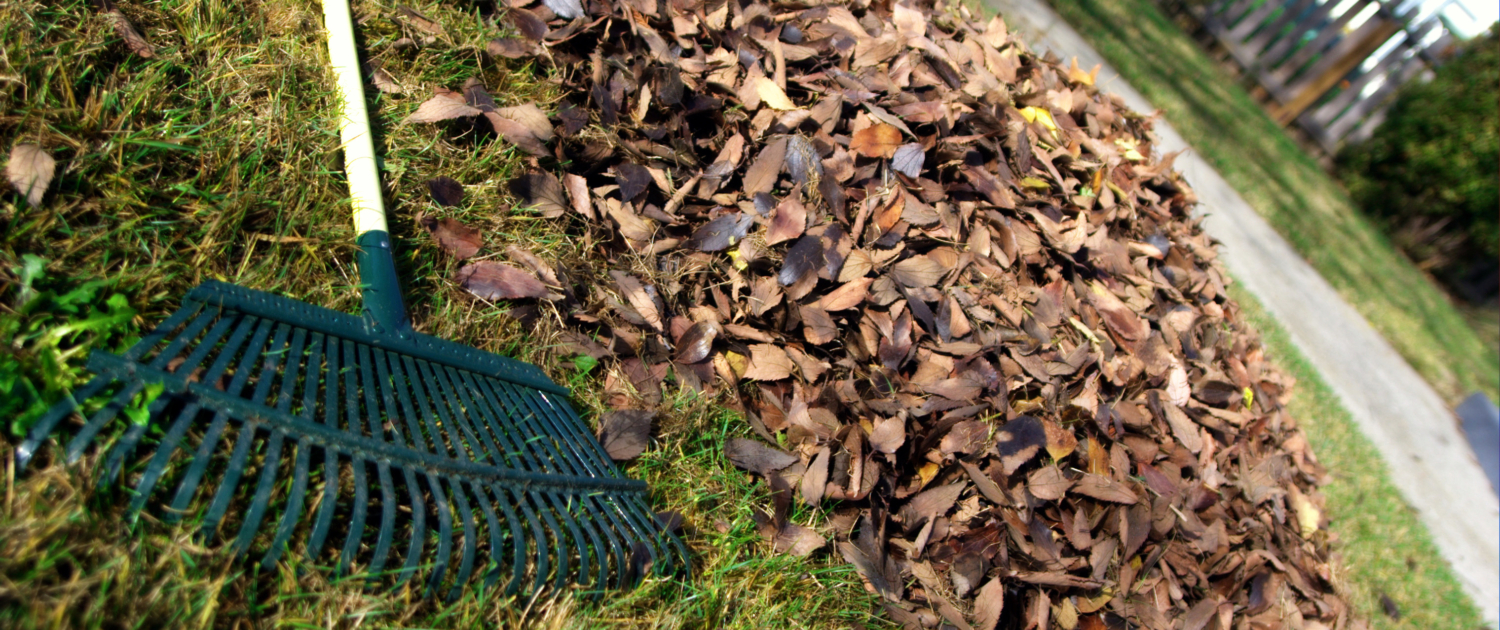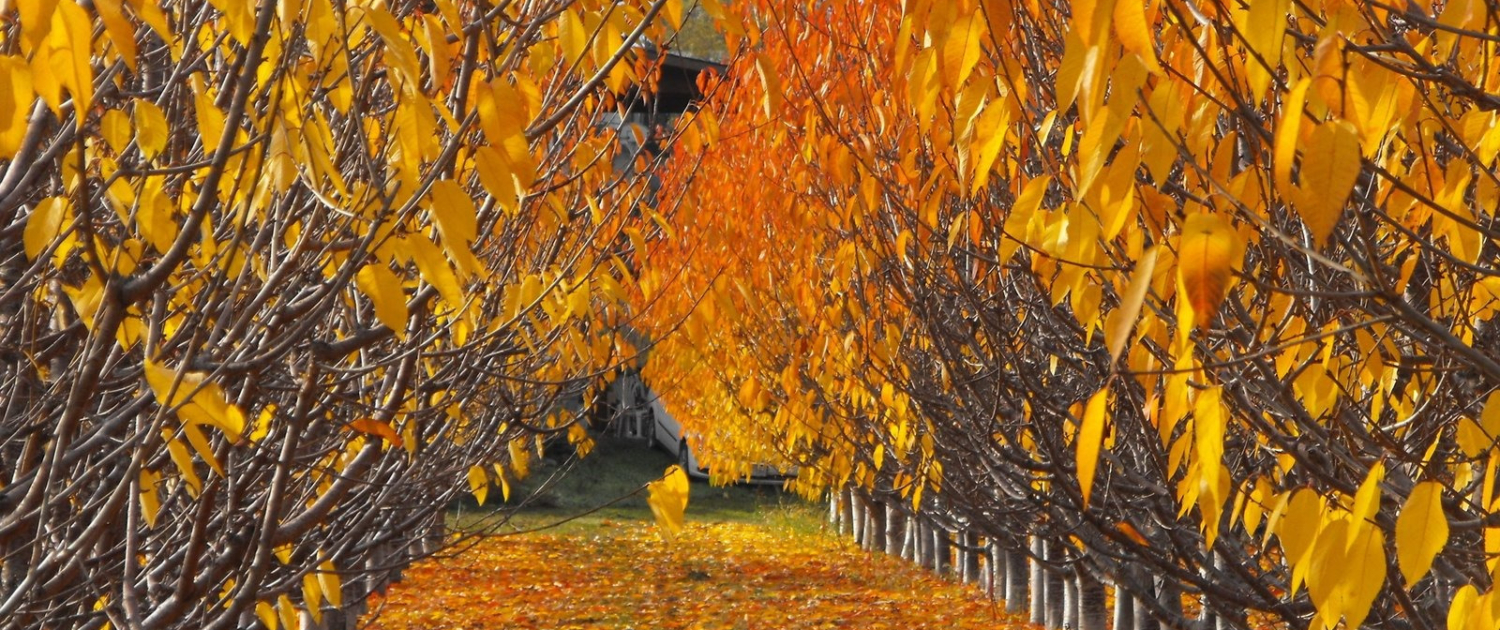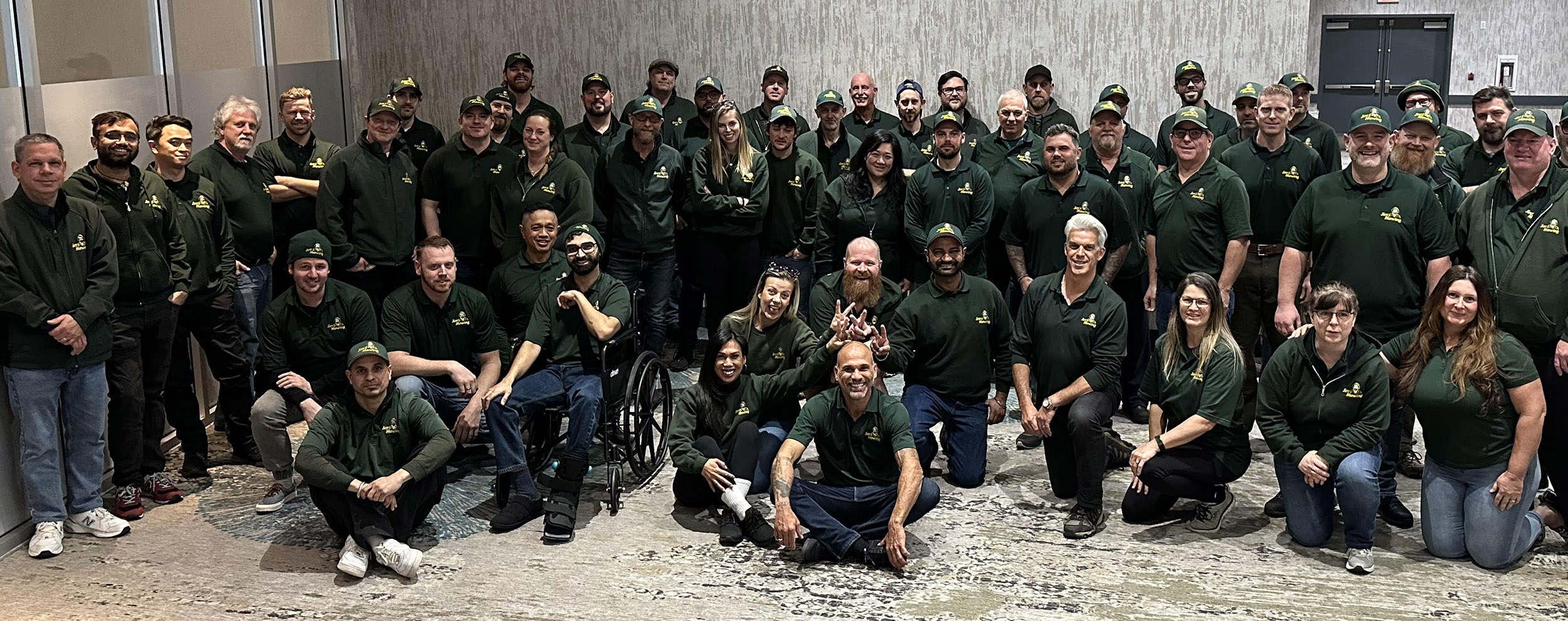
As autumn’s palette unfolds across British Columbia, from the misty shores of the Lower Mainland and Vancouver Island to the crisp, sunlit of the Okanagan, it’s time for homeowners to turn their attention to fall lawn care. Preparing your lawn for the winter is crucial for ensuring healthy, vibrant growth when spring arrives. The unique climates of these regions demand specific strategies to protect and nurture your lawn through the cooler months.

Battling Wet Winters in Lower Mainland and Vancouver Island B.C
Battling Wet Winters in Lower Mainland and Vancouver Island B.C
The coastal regions of the Lower Mainland and Vancouver Island are known for their mild, but very wet, winters. The key here is ensuring your lawn is not only resilient to the cold but also prepared to handle the excess moisture.
- Aeration: Over the summer, lawns in these areas can become compacted, especially in high-traffic areas. Aerating your lawn in the fall allows it to breathe, improving water, nutrient, and oxygen flow to the roots. This step is crucial in wet climates to help prevent waterlogging and the diseases that can follow.
- Top Dressing and Overseeding: After aerating, apply a thin layer of top dressing followed by overseeding with a grass blend suited for wet and cool conditions. This will help fill in any bare spots and create a denser turf that can better withstand the winter and outcompete weeds in the spring.
- Fertilization: A late fall fertilizer with a higher potassium content will help strengthen the grass’s root system, enhancing its resistance to cold and moisture.
- Drainage: Ensure that your lawn has proper drainage. Pooled water can suffocate grass roots and lead to disease. You might need to improve your yard’s grading or install a drainage system if waterlogging is a frequent issue.

Preparing for a Cold, Dry Winter in Okanagan B.C
Preparing for a Cold, Dry Winter in Okanagan B.C
The Okanagan’s continental climate brings colder, drier winters, posing a different set of challenges for lawn care.
- Aeration and Dethatching: Like in coastal regions, aeration is vital for relieving soil compaction. Dethatching may also be necessary if your lawn has built up a thick layer of thatch, which can harbor fungal diseases and pests over the winter.
- Overseeding: Choose a drought-resistant grass seed blend suited for colder climates. Overseeding will help your lawn recover from the summer heat and prepare it for the dormant winter months.
- Fertilization: Applying a fall fertilizer with a balanced NPK ratio will support root growth throughout the winter, helping your lawn to green up quickly in the spring.
- Irrigation: Before the first freeze, thoroughly water your lawn to ensure it goes into winter well-hydrated. This is especially important in the Okanagan, where natural precipitation may not be sufficient to maintain soil moisture throughout the winter.
- Mulching: Instead of bagging your fall leaves, consider mulching them and spreading a thin layer over your lawn. This can provide additional nutrients and help retain soil moisture.

All Regions: General Fall Lawn Care Tips
All Regions: General Fall Lawn Care Tips
Despite the variation in regions, certain autumn lawn maintenance strategies are advantageous for homeowners throughout these varied environments.
- Mowing: Continue to mow your lawn as needed until growth stops, gradually lowering the cutting height to prevent matting and mold growth under snow.
- Weed Control: Fall is an excellent time to control perennial weeds, as they, like your grass, are absorbing nutrients to prepare for winter.
- Cleanup: Remove any debris, such as branches and leaves, to reduce hiding spots for pests and prevent diseases from taking hold.
.


